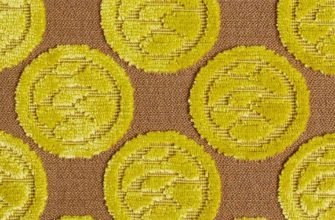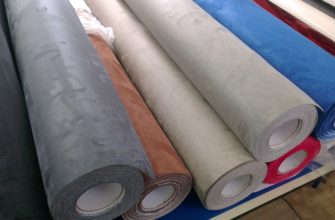A thin, transparent material created using a plain weave method that resembles a light mesh, it is classified as a voile. The composition of the fabric is considered secondary. The use of synthetic threads with the addition of natural fibers such as silk or cotton, as well as synthetic materials, affects the quality of the product and its cost.
Similarities and differences between veil and organza
Fabrics used for decorating windows and doorways have similar characteristics, not only in terms of purpose, but also in terms of color schemes.

Tulle veil:
- denser than organza;
- soft texture;
- matte look;
- good light transmission;
- conveniently forms curtain drapery;
- smooth to the touch.
Attention! Disadvantages include difficulty in removing stains and fading in the sun, low durability and a tendency for the fabric to wrinkle.
The appearance of snags that can spoil not only the appearance, but also the integrity of the curtain.
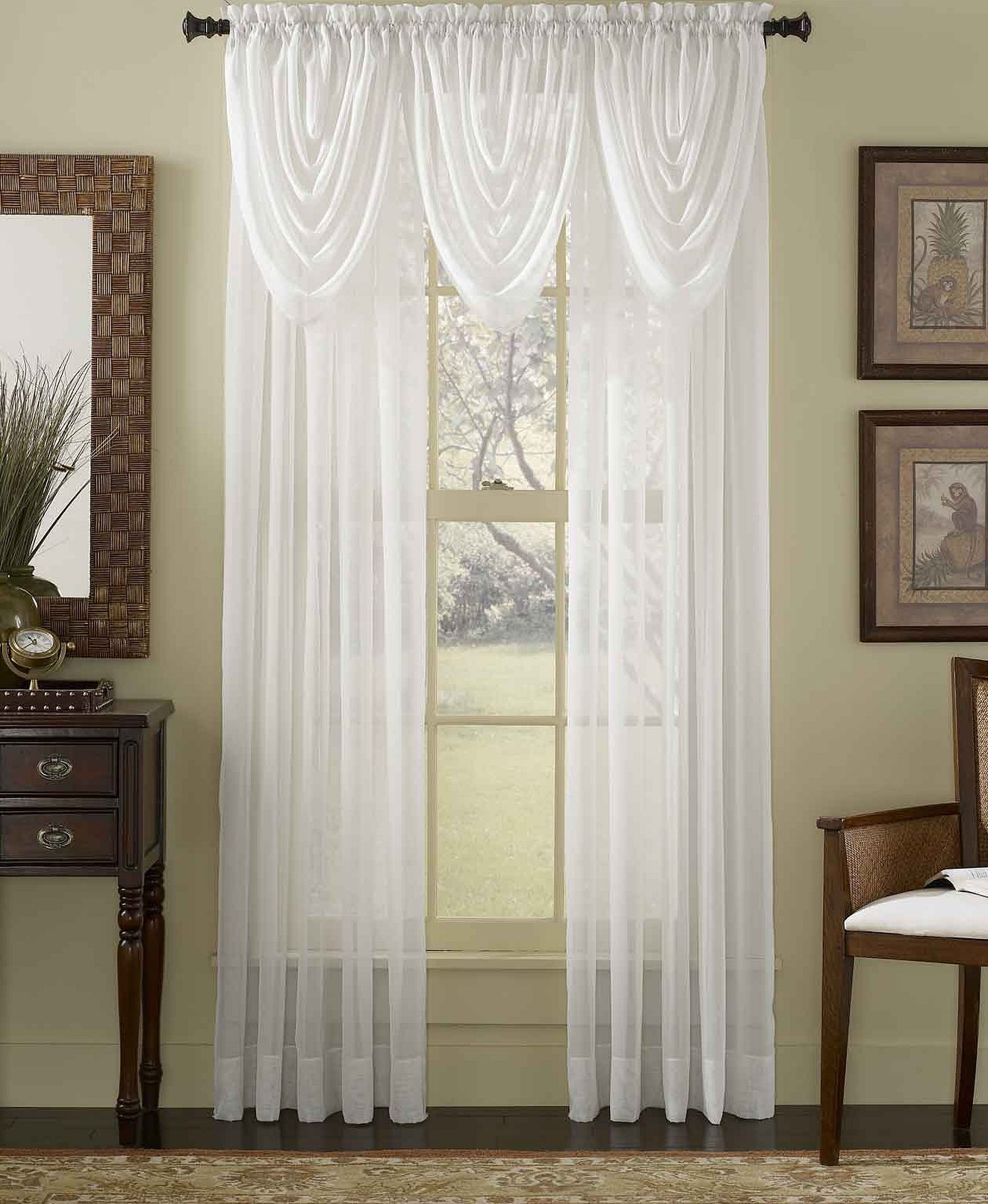
Organza is less breathable. It is a more expensive, although less elegant material compared to voile. High strength allows the fabric to be used in the kitchen area and hallway. Easy to wash. The texture is harder, and the surface is shiny. Not recommended for the sunny side without additional thick curtains.
Attention! There is no clear answer to the question of what is better: veil or organza. Everything depends on the place of use of curtains made of a particular fabric.
Veil
A translucent material designed to decorate the interior and hide the flaws of repairs or personal life from prying eyes is called a veil. Curtains made of this fabric can visually change the size of a room. Horizontal stripes expand narrow rooms, and vertical lines make low ceilings higher. White veil effectively protects from sunlight and creates a romantic design.
However, one of the disadvantages of the veil is its tendency to electrify, which leads to dust accumulation and dirty curtains. Stains are difficult to remove, so using such curtains in the kitchen is not recommended. They are great for darkening rooms located on the sunny side. As for tulle, the question of what is better - veil or organza, remains open, because they can be combined even in one design, for example, in a lambrequin.
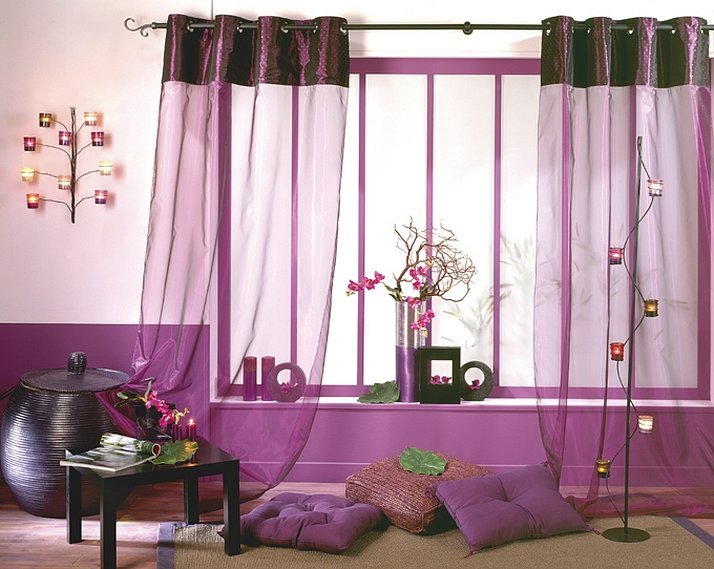
Organza
The fabric, related to tulle, is characterized by high strength and rigidity, representing one of the organza variants. Its advantages include:
- tensile strength;
- light transmittance;
- durability in use;
- color stability in sunlight;
- the ability to retain shape due to rigidity;
- resistance to cleaning agents.
In decorative elements such as bows and curtain tiebacks, it has also found application in the decoration of wedding halls, decorating motorcade cars and creating flower arrangements.
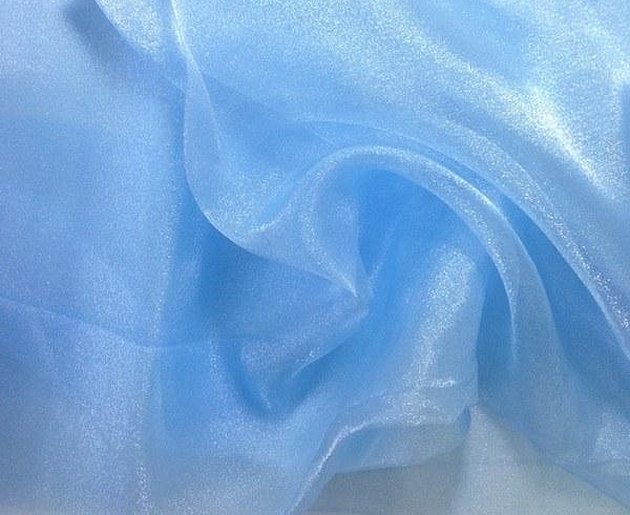
The disadvantages of this material are its capriciousness in sewing and the requirement for careful care. The bright iridescent colors of this glossy fabric can be easily damaged by a hot iron during ironing, which will lead to the formation of holes.
Modern technologies allow this fabric to be used for printing designs, machine embroidery and gold plating. One of the new types of organza is the “chameleon” fabric, which changes shades depending on the lighting.
The main difference between tulle and organza is its softness, which allows tulle to gather beautifully into folds when used to create a lambrequin.
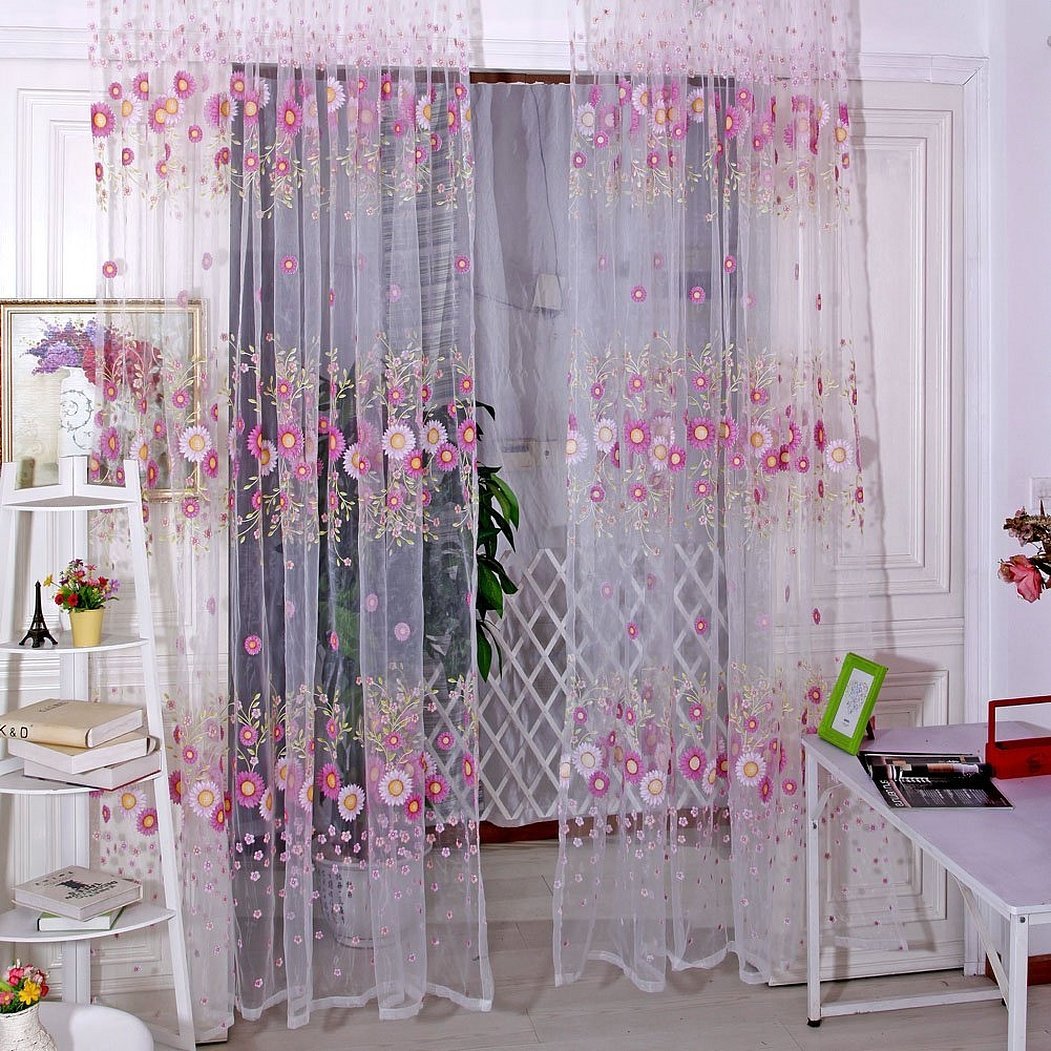
Differences between microveil and veil
This fabric has appeared on the market relatively recently and is considered a novelty among tulle materials. Microveil is characterized by softness, while semi-organza has elasticity and good permeability of sunlight.
The new type of material does not lose its shape after washing, does not fade in the sun and is not subject to shrinkage, combining the best qualities of veil and organza. In this regard, the question of what is better - semi-organza or veil, is no longer particularly relevant.
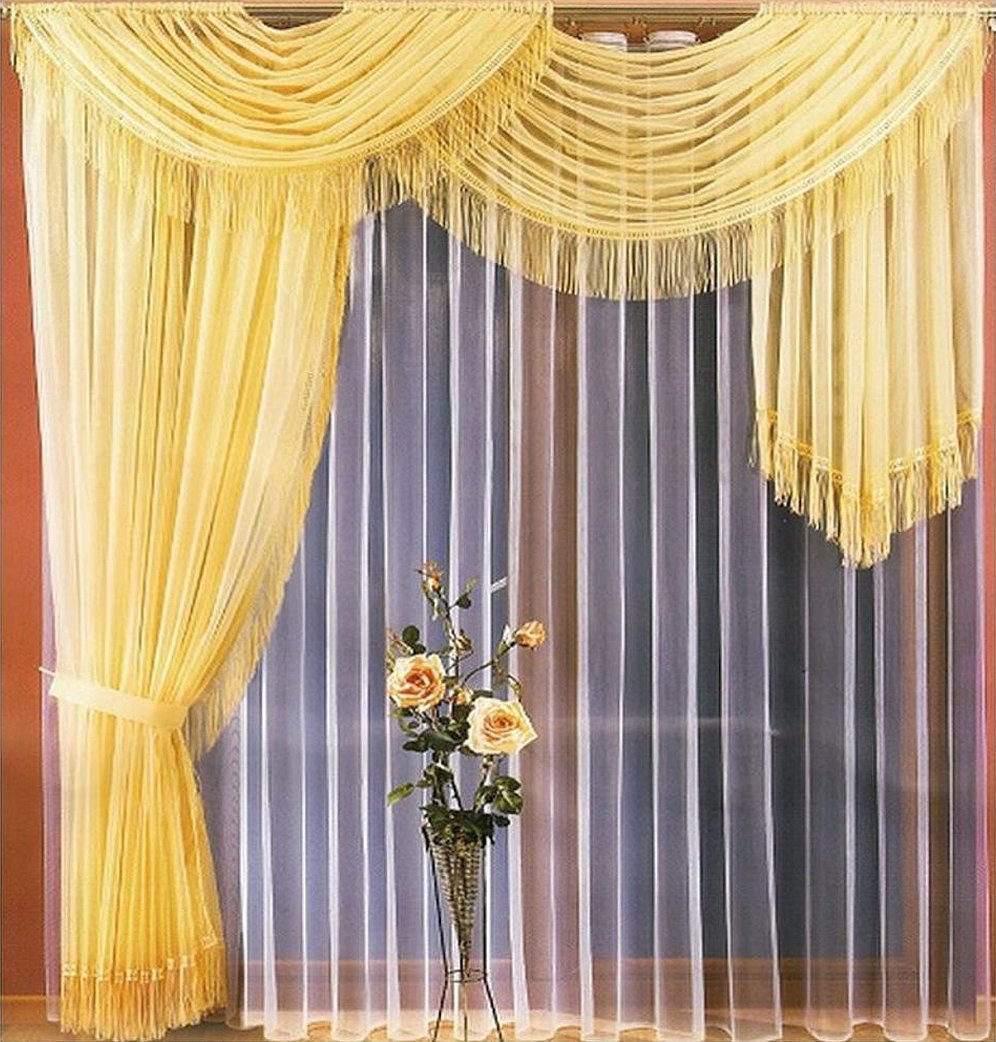
The new generation fabric is highly durable compared to voile and as thin as organza. Microvoile is able to form beautiful folds, which improves the perception of space in the room.
Various fibers are used in the production of this new product - such as silk, linen, cotton, wool and synthetic materials. The color palette is very diverse - from single-color solutions to various patterns and designs. The main difference between microveil and veil is their purpose, and not the care process.
Unlike voile, microvoile can be used to drape beds, niches, false windows and doorways. Care for this fabric involves delicate washing and ironing in a gentle mode. The fabric market offers a wide selection for decorating window and door openings.
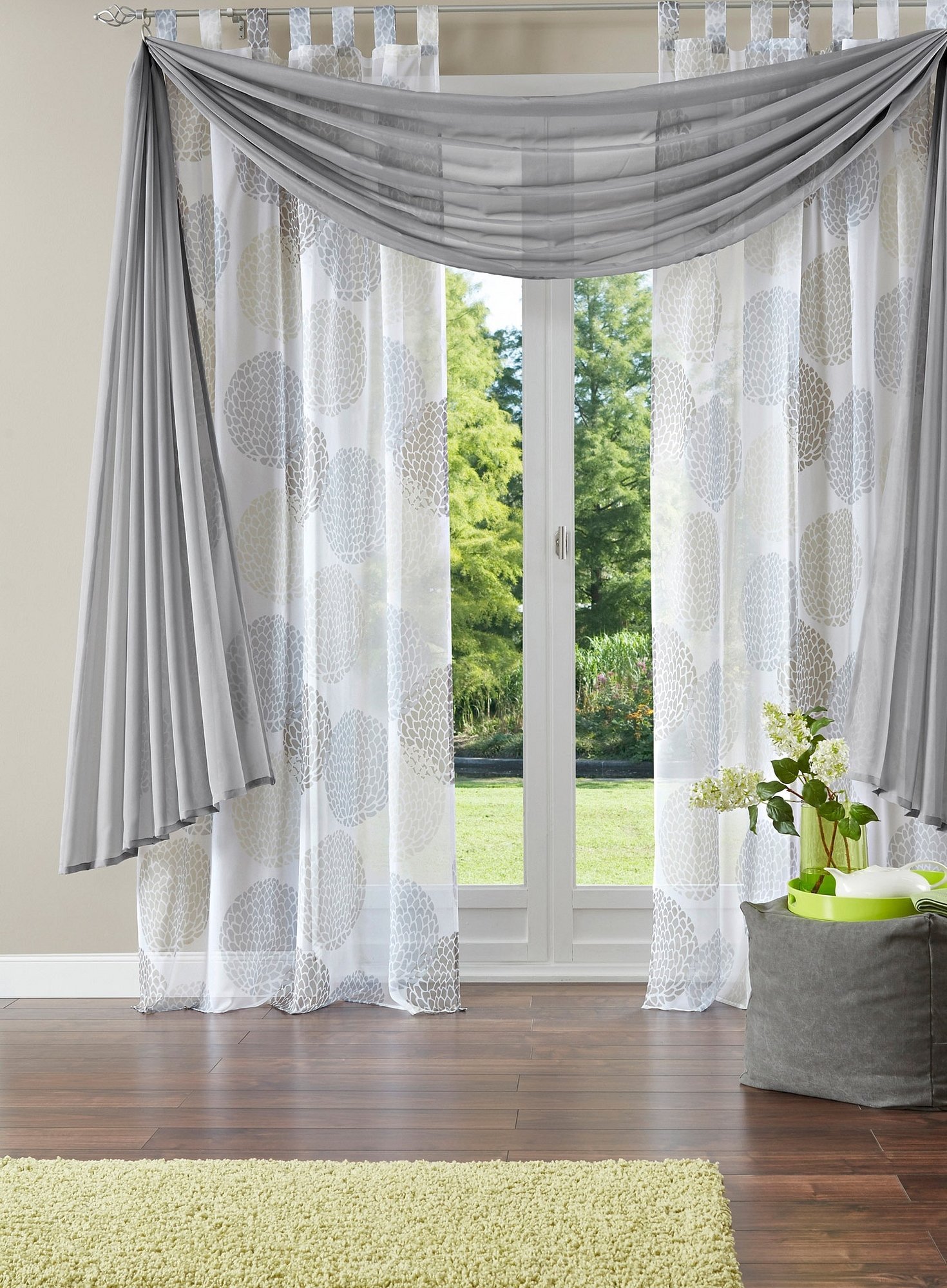
Curtain Weight Functions
The use of fittings to improve the appearance of curtains is also due to the lightness of the fabrics. Veil with weighting - what is it, a person who has no experience in buying fabrics for decoration may ask.
Weights differ according to their functional purpose:
- slats;
- weights;
- cords;
- ribbons.
Note! Different types of additional weight for tulle are used depending on the characteristics of the fabric and the desired effect.
Veils with and without weighting are noticeably different. The cord sewn into the curtain edging significantly improves the aesthetic perception of tulle.
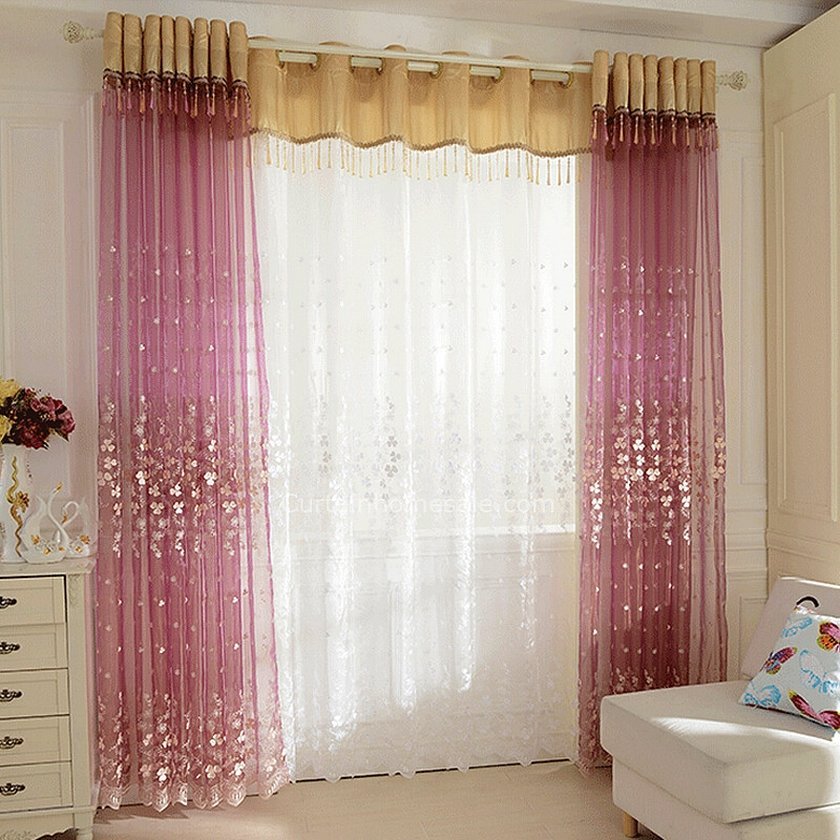
Which is preferable: with or without weights?
Straighteners perform slightly different functions compared to weights. The lightness and airiness of the fabric, which can rise into the air even with a slight breeze, create certain difficulties. Every time you straighten the drapery after opening a window or door, it is not a pleasant task.
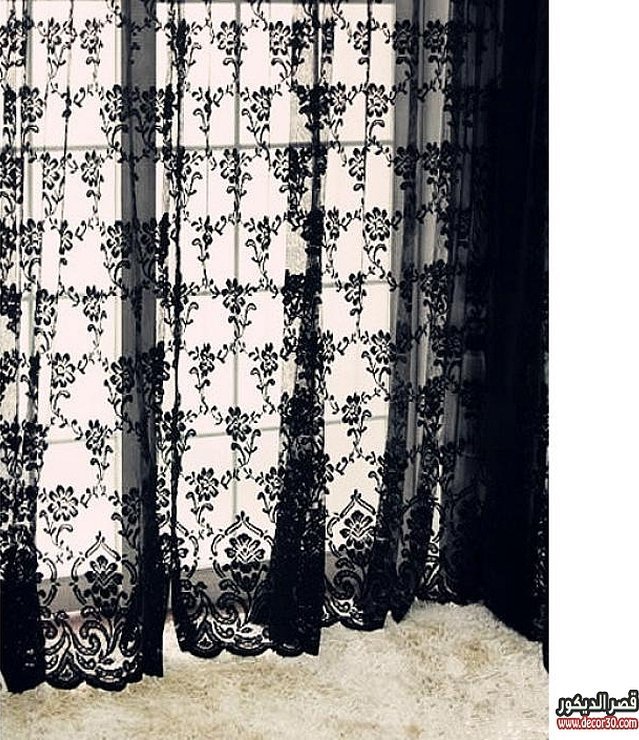
Weights will help restore the original state of any drapery, regardless of its complexity. In rooms without air movement, where it is impossible to disturb the structure of the drapery, you can use curtains without straighteners and additional means for weighing down the fabric.
How to create a weight: using cords or ribbons
The cord is attached to the bottom of the tulle, which adds weight to the curtain. The thickness of the cord or cable is selected based on the weight of the fabric, to avoid overweight or distortion due to a too heavy cord. The cable is secured using a sewing machine with an overlock or zigzag function. The cords weigh from 15 to 125 g / m.

The tapes can be used in various ways:
- finishing the edge of the veil with satin ribbon;
- a fringed ribbon is sewn along the bottom edge of the product;
- a combination of veil and organza in one curtain in the form of frills or fastening strips of fabric.
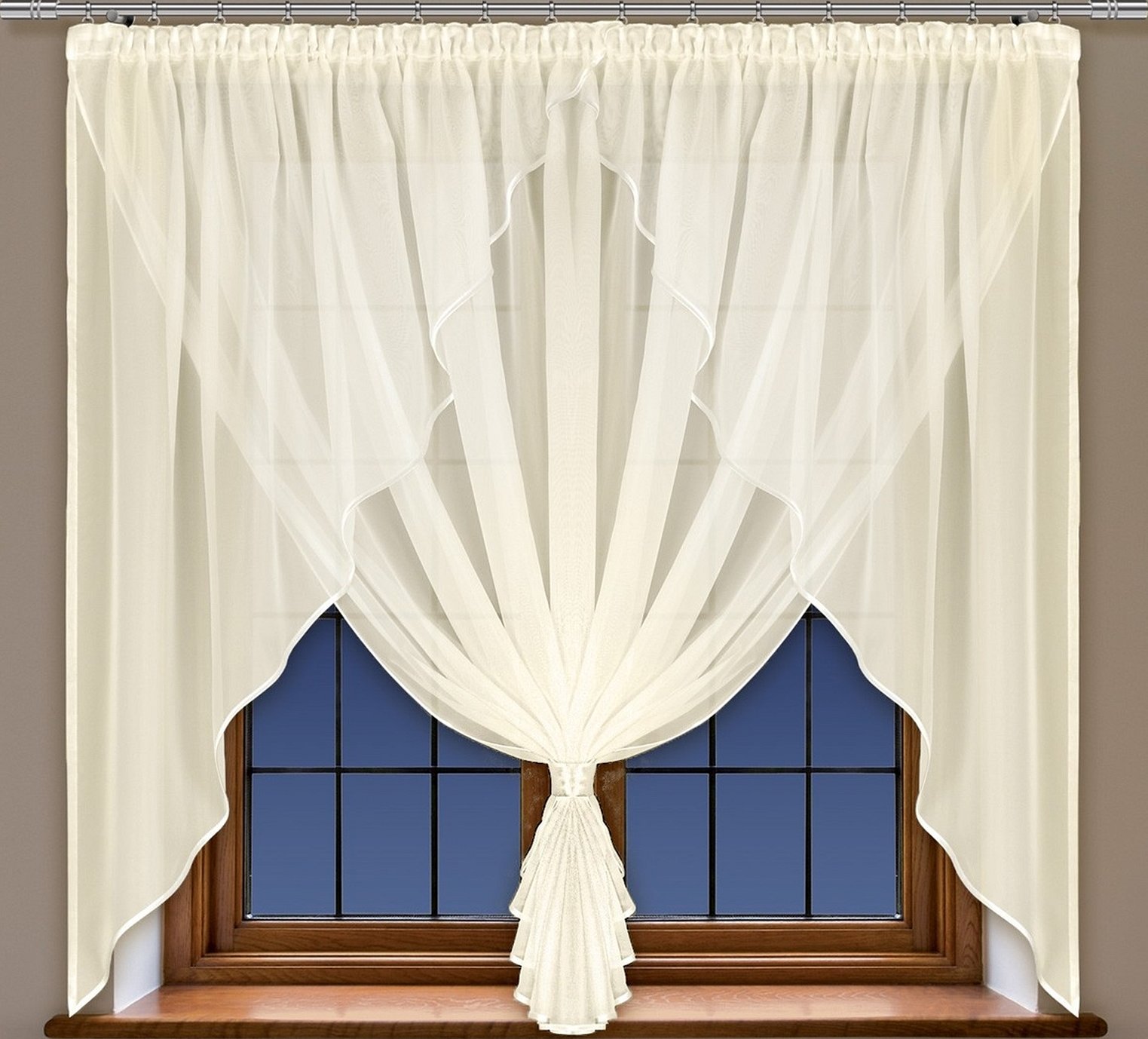
Veil and organza care
- Delicate wash at a water temperature of 30-40 degrees for veils and up to 45 degrees for organza.
- Use of universal powders for veils and oxygen bleaches for organza in case of heavy soiling.
- Ironing veils and microveils with a warm iron using a damp cloth.
- Dry cleaning of soft tulle is not recommended.
- Spinning organza in a washing machine can cause creases that are difficult to remove when ironing.

High-quality care of tulle curtains can delight you for a long time with the beautiful design of windows and doorways in the premises.



